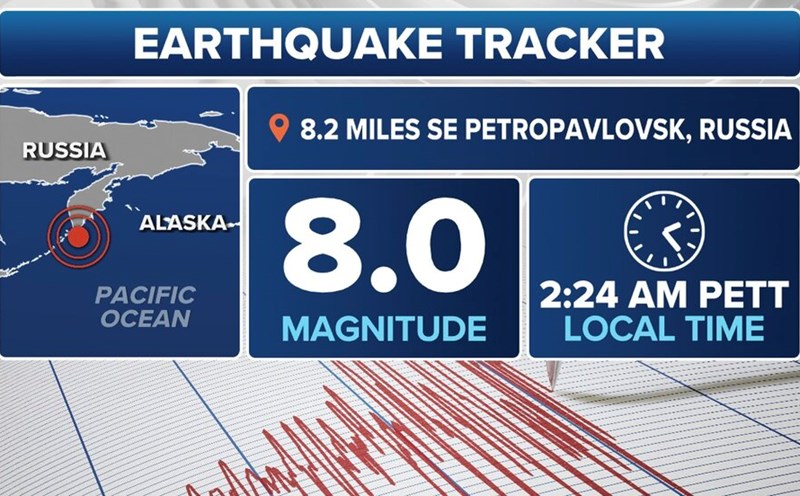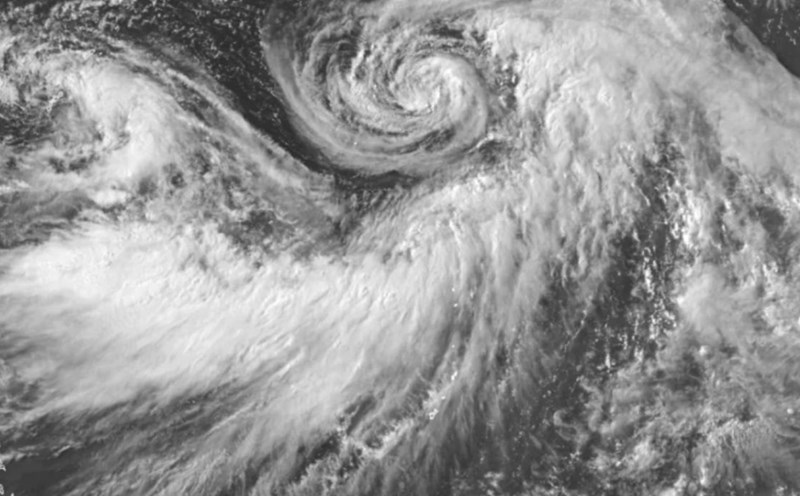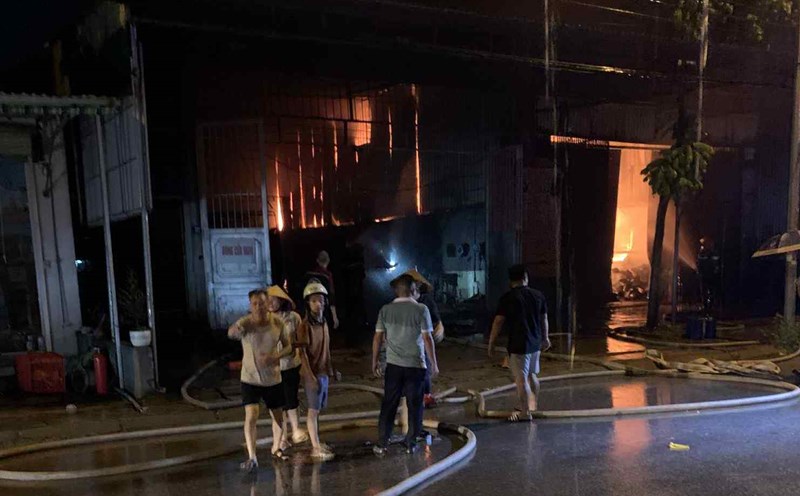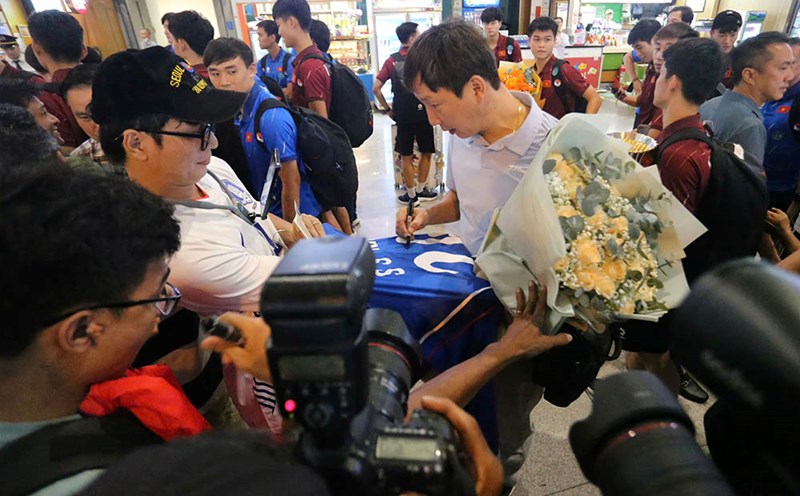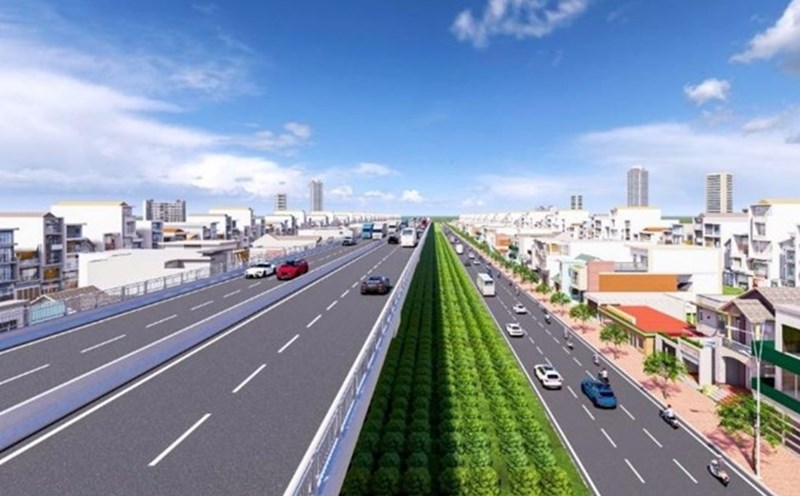The US GeologicalGS said at least six earthquakes occurred off the coast of Kamchatka on July 30. All are very strong with initial intensity of 6.9; 6.3, 5.4; 5.7 and 5.6 degrees richter, respectively. However, they cannot yet compare with the strong earthquake of 8.7 on the Richter scale that caused the Tsunami.
In Russia, a 3-4m high typhoon was recorded in some areas of Kamchatka, according to Sergei Lebedev - Minister for Regional Emergencies - who called on people to "eplace the peninsula's coast".
RT reported that the Tsunami attacked the Kuril Islands in Russian usage (Japan calls it the Northern Area) on the morning of July 30 after the earthquake. Regional officials confirmed that people had to evacuate the coastal town of Severo- Kurilsk.
According to Sakhalin Governor Valery Limarenko, the first wave hit the coast of Severo- Kurilsk immediately after the 8.7 term earthquake was recorded near the Kamchatka Peninsula.
The authorities have ordered the evacuation of the town's residents, estimated at more than 2,500, to higher ground, away from the coast.
"People are safe in the highlands until the Tsunami threat is completely eliminated," Limarenko said. He added that emergency services are operating in high alert mode, and "all necessary measures are being taken to ensure public safety and restore normal life in the area".
The clips shared by local media and officials show that water had overflowed some coastal areas and people had climbed to higher ground when the Tsunami warning bell rang. There have been no reports of casualties or major damage.
The first waves from the typhoon also hit the coast of Hokkaido, northern Japan. NHK TV reported waves about 30cm high, sweeping some constructions away from the foundation when the waves overflowed into the mainland.
Officials in several countries have issued warnings that the next waves could be much higher.


